Did you know that cauliflower leaves, the often overlooked part of the cauliflower plant, are not only edible but also packed with nutrients? These versatile greens can elevate your meals to a new level of deliciousness while offering a host of health benefits. In this article, I will explore the world of cauliflower leaves and share why you should start incorporating them into your cooking.
Key Takeaways:
- Cauliflower leaves are nutritious greens that are often overlooked.
- They offer a unique flavor and texture and can be used in various recipes.
- Cauliflower leaves are rich in fiber, calcium, vitamin C, and other essential nutrients.
- There are many delicious recipes and cooking methods you can try with cauliflower leaves.
- Using cauliflower leaves helps reduce food waste and contributes to a more sustainable kitchen.
The Edibility and Versatility of Cauliflower Leaves
When it comes to cauliflower, we often think of the white florets that adorn our plates. But did you know that the leaves of this cruciferous vegetable are not only edible but also incredibly versatile? Cooking with cauliflower leaves opens up a world of culinary possibilities, allowing you to create flavorful dishes that are both nutritious and delicious.
While many people discard cauliflower leaves as waste, they offer a unique combination of flavors and textures that can elevate your meals to new heights. Whether you’re roasting, boiling, or frying, cauliflower leaves can be used in various cooking methods, enabling you to explore different tastes and culinary experiences.
One of the benefits of using cauliflower leaves is their ability to add a rich, earthy flavor to your dishes. The leaves have a slightly bitter taste, similar to kale or collard greens, which complements a wide range of ingredients and spices. This creates a complex flavor profile that can enhance the overall taste of your dish.
Additionally, the versatility of cauliflower leaves allows you to incorporate them into a variety of recipes. From stir-fries and soups to salads and side dishes, these leaves can be a versatile addition to your culinary repertoire. Whether you’re looking to add a burst of flavor to your stir-fried vegetables or create a hearty cauliflower leaf soup, the options are endless when cooking with cauliflower leaves.
Furthermore, using cauliflower leaves in your cooking not only adds taste but also provides numerous health benefits. Like other leafy greens, cauliflower leaves are a good source of vitamins, minerals, and fiber. They are rich in vitamin C, vitamin K, folate, and calcium, which are essential for maintaining a healthy diet and supporting overall well-being.
“Cauliflower leaves are like a hidden gem in the world of vegetables. They offer an array of flavors and textures that can transform any dish. From a vibrant stir-fry to a nourishing soup, these leaves bring more than just taste to the table.”
Making the most out of cauliflower leaves not only enhances your cooking but also reduces food waste. By using every part of the cauliflower, you contribute to a more sustainable approach in the kitchen. Instead of discarding the leaves, you’re utilizing their potential to create delicious and nutritious meals, reducing the strain on our environment.
Next time you’re preparing cauliflower, don’t overlook the leaves. Experiment with different cooking methods and recipes to discover the delightful taste and texture they offer. Your taste buds and your health will thank you.
Nutritional Content of Cauliflower Leaves
| Nutrient | Amount per 100g |
|---|---|
| Calories | 25 |
| Protein | 2.2g |
| Fat | 0.3g |
| Carbohydrates | 4.8g |
| Dietary Fiber | 3.2g |
| Vitamin C | 47mg |
| Calcium | 49mg |
| Iron | 0.7mg |
These values are approximate and may vary depending on the specific variety and preparation method of cauliflower leaves.
The Taste and Texture of Cauliflower Leaves
When it comes to the taste and texture of cauliflower leaves, you’re in for a delightful surprise. These versatile greens offer a mild, slightly sweet flavor that is reminiscent of other leafy greens. Whether you’re a fan of spinach or kale, you’re sure to enjoy the subtle taste that cauliflower leaves bring to your dishes.
But that’s not all. Cauliflower leaves have an exciting transformation when they are roasted. They become crispy, taking on a texture similar to the popular snack – crispy seaweed. Imagine biting into a delectably crunchy and flavorful treat, all while reaping the health benefits of these nutritious greens. It’s a combination that will have your taste buds dancing with joy.
Now, let’s dive into the nutrition of cauliflower leaves. These greens are not only delicious but also packed with essential nutrients that support a healthy lifestyle. Here’s a breakdown of the cauliflower leaf nutrition:
| Nutrient | Amount per serving |
|---|---|
| Fiber | 2 grams |
| Calcium | 22 milligrams |
| Vitamin C | 19 milligrams |
| Other essential nutrients | Iron, folate, and antioxidants |
Cauliflower leaves are a fantastic source of fiber, which aids in digestion and helps you feel satisfied after a meal. They also provide a dose of calcium, supporting strong bones and teeth. And let’s not forget about vitamin C, a powerful antioxidant that boosts your immune system and promotes collagen synthesis for healthy skin.
Incorporating cauliflower leaves into your diet is a smart choice for those looking to nourish their bodies with a range of beneficial nutrients. Whether you enjoy them as a side dish, in a salad, or as an ingredient in your favorite recipes, these greens are a valuable addition to a well-rounded, nutritious eating plan.
Cooking Methods for Cauliflower Leaves
When it comes to cooking cauliflower leaves, there are various methods you can utilize to bring out their unique flavors and textures. Whether you’re looking to create a hearty stir fry, a comforting soup, or a flavorful pesto, cauliflower leaves can be the star ingredient in your next culinary adventure.
Boiling and Steaming
If you prefer a softer texture, boiling or steaming cauliflower leaves is a great option. This method transforms the leaves into a cabbage-like consistency, making them perfect for incorporating into soups or using as a vegetable side dish. Simply add the leaves to a pot of boiling water or a steamer basket and cook until tender.
Roasting for Crispy Delight
To bring out the crispy and flavorful side of cauliflower leaves, try roasting them in the oven. Toss the leaves with some olive oil, salt, and pepper, and spread them out on a baking sheet. Roast them at a high temperature until they become crispy and slightly golden. This method creates a delightful treat that can be enjoyed as a standalone snack or added to salads and grain bowls.
Sautéing for Quick and Easy Goodness
When you’re short on time, sautéing cauliflower leaves is a quick and easy way to enjoy their unique texture and taste. Heat some butter or oil in a pan, add the leaves, and cook them until they become tender and slightly wilted. This method allows you to create a delicious side dish or incorporate the sautéed leaves into other recipes like pasta or grain dishes.
Creating Flavorful Stir Fries
Cauliflower leaves add a lovely twist to stir fry recipes, offering a hint of earthy flavor and a satisfying crunch. Combine them with your favorite vegetables, protein, and sauces for a quick and nutritious meal. Sauté the leaves alongside the other ingredients, stirring until they are wilted but still retain their vibrant green color. The result is a colorful and delicious stir fry that will delight your taste buds.
Whipping up Cauliflower Leaf Pesto
For a unique twist on traditional pesto, consider using cauliflower leaves as the star ingredient. Blend the leaves with garlic, parmesan cheese, pine nuts, and olive oil until smooth and creamy. This cauliflower leaf pesto can be used as a dip, a spread for sandwiches, or a flavorful sauce for pasta dishes. The possibilities are endless!
Get creative with these cooking methods, and let the versatility of cauliflower leaves inspire you in the kitchen. Whether you’re looking for a quick and easy side dish, a nutritious addition to your stir fry, or a flavorful pesto sauce, cauliflower leaves are sure to bring a delicious twist to your meals.
Delicious Recipes for Cauliflower Leaves
Get ready to tantalize your taste buds with these mouthwatering recipes that showcase the versatility of cauliflower leaves. From crispy roasted cauliflower leaves to creamy cauliflower leaf soup, these recipes will elevate your culinary creations and make the most of this underappreciated ingredient.
-
Roasted Cauliflower Leaves
Toss cauliflower leaves in olive oil, salt, and pepper, then roast them in the oven until crispy. The result is a delightful snack or side dish that’s packed with flavor and texture.
-
Cauliflower Leaf Pesto
Blend cauliflower leaves with garlic, parmesan cheese, pine nuts, and olive oil to create a vibrant and aromatic pesto sauce. Use it as a dip, spread, or toss it with your favorite pasta for a quick and delicious meal.
-
Cauliflower Leaf Stir Fry
Sauté cauliflower leaves with a medley of vegetables, protein of your choice, and your favorite sauces for a vibrant and flavorful stir-fry. This dish is a perfect way to showcase the versatility of cauliflower leaves while enjoying a nutritious meal.
-
Cauliflower Leaf Soup
Simmer cauliflower leaves with other vegetables and broth, then blend for a velvety smooth and nutritious soup. This comforting dish is a great way to use up cauliflower leaves and create a hearty meal during colder months.
These cauliflower leaf recipes are just a starting point, so feel free to get creative and experiment with different flavors and ingredients. By incorporating cauliflower leaves into your cooking repertoire, you’ll unlock a world of possibilities and discover a newfound appreciation for this often overlooked part of the cauliflower plant.
The Nutritional Benefits of Cauliflower Leaves
Cauliflower leaves are nutrient powerhouses that offer a wide range of health benefits. Incorporating these nutritious greens into your diet can provide a boost to your overall well-being. Let’s explore the various nutrients found in cauliflower leaves and understand the positive impact they can have on your health.
Fiber for Digestive Health
One of the standout features of cauliflower leaves is their high fiber content. Fiber plays a crucial role in supporting digestive health and promoting a healthy gut. It helps regulate bowel movements, prevents constipation, and supports the growth of beneficial gut bacteria, which is essential for overall digestive well-being.
Vitamin C for Immunity and Collagen Synthesis
Another key nutrient found in cauliflower leaves is vitamin C. This essential vitamin is well-known for its immune-boosting properties. It helps strengthen the immune system, protect against oxidative stress, and reduce the risk of chronic diseases. Additionally, vitamin C is crucial for collagen synthesis, which plays a vital role in maintaining healthy skin, bones, and joints.
Calcium, Potassium, and Iron for Essential Functions
Cauliflower leaves are also a great source of minerals like calcium, potassium, and iron. Calcium is important for maintaining strong bones and teeth, while potassium helps regulate blood pressure and support heart health. Iron is essential for oxygen transport and plays a vital role in preventing iron-deficiency anemia, a common nutritional deficiency.
Antioxidants for Cellular Health
Antioxidants are compounds that help protect cells from damage caused by harmful molecules called free radicals. Cauliflower leaves contain various antioxidants, including beta-carotene and vitamin E. These antioxidants help neutralize free radicals, reduce inflammation, and contribute to overall cellular health.
Nutritional Content of Cauliflower Leaves
| Nutrient | Amount per 100g |
|---|---|
| Fiber | 2.5g |
| Vitamin C | 59mg |
| Calcium | 22mg |
| Potassium | 412mg |
| Iron | 0.7mg |
By incorporating cauliflower leaves into your meals, you can take advantage of their rich nutritional content. Whether you use them in stir-fries, soups, or salads, you’ll be adding a nutritious and delicious element to your dishes. So, next time you’re preparing cauliflower, don’t discard those vibrant green leaves. Instead, incorporate them into your cooking and reap the many health benefits they provide.
The Importance of Reducing Food Waste
Reducing food waste is not only beneficial for your health but also for the environment. When it comes to sustainability in the kitchen, every small step matters. By utilizing cauliflower leaves and other often-overlooked ingredients, you can play a part in creating a more sustainable future.
Food waste has significant environmental impacts. It contributes to wasted resources, such as water, energy, and land, that are used in food production. Moreover, discarded food releases greenhouse gases as it decomposes in landfills, contributing to climate change. Additionally, food waste can lead to pollution of our land and water resources.
To combat these issues, it’s essential to make a conscious effort to reduce food waste in our own kitchens. Starting with ingredients like cauliflower leaves, we can learn to appreciate the value of every part of the plant. By using the entire cauliflower, we minimize waste and maximize the nutritional and culinary potential of our meals.
“Reducing food waste is not only a sustainable practice but also a way to support a healthier planet for future generations.”
When we reduce food waste, we also save money and support a more efficient food system. By planning meals, buying only what we need, and properly storing leftovers, we can make a significant impact. It’s important to remember that even small actions, like using cauliflower leaves in recipes, can contribute to a more sustainable kitchen.
The Environmental Impact of Food Waste
Food waste is a pressing environmental issue that goes beyond the kitchen. To understand the significance of reducing food waste, let’s take a look at some key impacts:
| Impact Areas | Consequences |
|---|---|
| Resource Waste | Unnecessary use of water, energy, and land in food production |
| Greenhouse Gas Emissions | Decomposing food releases methane, a potent greenhouse gas |
| Land and Water Pollution | Food waste in landfills leaches harmful substances into the environment |
By actively reducing food waste, we can help mitigate these environmental consequences and work towards a more sustainable future.
As we explore the potential of cauliflower leaves and other often underutilized ingredients, let’s keep in mind the importance of reducing food waste. Together, we can make a positive impact on our planet and create a more sustainable kitchen.
Tips for Choosing and Storing Cauliflower Leaves
When it comes to choosing cauliflower leaves, freshness is key. Here are some tips to ensure you select the best leaves for your culinary creations:
- Look for vibrant green leaves that are free of wilting or discoloration.
- The leaves should be crisp and fresh-looking, indicating their quality.
- Avoid leaves that appear yellowed or wilted, as these may be less flavorful and have a lesser texture.
Once you have chosen the perfect cauliflower leaves, it’s important to store them properly to maintain their freshness and flavor. Follow these simple steps:
- Remove the leaves from the cauliflower head.
- Place the leaves in a breathable bag or container to allow for air circulation.
- Store the bag or container in the refrigerator to keep the leaves cool.
Stored this way, cauliflower leaves can stay fresh for up to one week, ready to be used in your next cooking adventure.
To give you a visual guide, here’s an image of vibrant cauliflower leaves:
The Rise of Root-to-Stem Cooking
Root-to-stem cooking is a culinary movement that aims to minimize food waste by utilizing all parts of a plant, from the root to the stem. This innovative approach not only helps reduce food waste but also offers a wide range of flavors and textures to explore. As we embrace root-to-stem cooking, we can contribute to a more sustainable food system and discover the hidden potential of often-overlooked ingredients, such as cauliflower leaves.
Cauliflower leaves, for example, are a prime example of an underutilized ingredient that can be transformed into delicious dishes. By incorporating them into our recipes, we can reduce food waste in the kitchen while adding unique flavors and textures to our meals.
Root-to-stem cooking encourages creativity in the kitchen, inspiring us to think outside the box and make the most of every part of the plant. It not only helps us minimize waste but also contributes to a more sustainable future by reducing the environmental impact of food production and consumption.
With root-to-stem cooking, we have the opportunity to create culinary masterpieces while making a positive impact on our planet. By embracing this cooking style, we can explore new flavor profiles, experiment with different cooking techniques, and make the most of every ingredient we have. Let’s unlock the potential of root-to-stem cooking and embark on a flavorful journey that also reduces food waste in the process.
The Future of Cauliflower Leaves
As awareness of food waste and the benefits of using every part of an ingredient increases, we can expect to see more innovative uses for cauliflower leaves. Chefs and home cooks alike are experimenting with creative recipes that showcase the deliciousness and versatility of cauliflower leaves. From cauliflower leaf tacos to cauliflower leaf wraps, the possibilities are endless. By incorporating cauliflower leaves into your cooking, you can join the movement towards reducing food waste and creating flavorful, sustainable meals.
Innovative Uses for Cauliflower Leaves:
| Recipe | Description |
|---|---|
| Cauliflower Leaf Tacos | A creative twist on traditional tacos, using cauliflower leaves as a nutritious and crunchy alternative to tortillas. |
| Cauliflower Leaf Wraps | Wrap your favorite fillings in fresh and vibrant cauliflower leaves for a refreshing and low-carb meal option. |
| Cauliflower Leaf Chips | Bake or air-fry cauliflower leaves seasoned with your favorite spices to create a crispy and guilt-free snack. |
| Cauliflower Leaf Sushi | Use blanched cauliflower leaves as a substitute for seaweed to roll sushi, filled with your choice of ingredients. |
| Cauliflower Leaf Smoothie | Add a handful of cauliflower leaves to your favorite smoothie recipe for an extra boost of vitamins and nutrients. |
With these innovative uses for cauliflower leaves, you can enjoy the unique flavors and textures they bring while also contributing to a more sustainable food system. Don’t let these nutritious greens go to waste! Get creative and explore the endless possibilities of cauliflower leaf recipes.
Embracing Cauliflower Leaves in Your Kitchen
If you’ve never tried cooking with cauliflower leaves, now is the perfect time to start. With their unique flavor and nutritional benefits, cauliflower leaves can add a new dimension to your meals. Experiment with different cooking methods and recipes to discover your favorite way to enjoy cauliflower leaves. Whether roasted, sautéed, or blended into a pesto, cauliflower leaves have the potential to elevate your cooking and reduce food waste in your kitchen.
| Cooking with cauliflower leaves can add a new dimension to your meals. |
Conclusion
Cauliflower leaves are an often overlooked gem that can revolutionize your meals. Not only do they offer a burst of flavor, but they also provide a myriad of health benefits. By incorporating cauliflower leaves into your cooking, you not only elevate the taste of your dishes, but also contribute to reducing food waste and building a more sustainable food system.
Whether you choose to roast them to a crispy perfection, stir-fry them to add a delightful crunch, or blend them into a tangy pesto sauce, cauliflower leaves offer endless possibilities for delicious and nutritious meals. Their versatility and nutritional value make them a must-have ingredient in any kitchen.
So, don’t let those vibrant green leaves go to waste! Embrace the beauty of cauliflower leaves and embark on a culinary adventure like never before. Get creative, experiment with different recipes and cooking methods, and prepare to be amazed by the flavorful dishes you can create by incorporating cauliflower leaves into your meals. Let them inspire you to reduce food waste and make every part of the cauliflower plant a star in your kitchen.


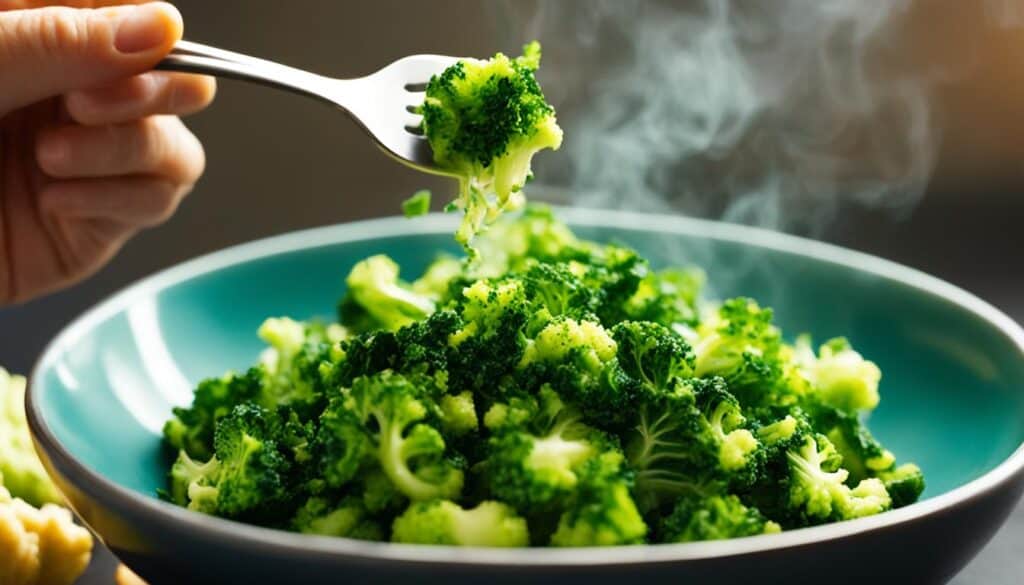
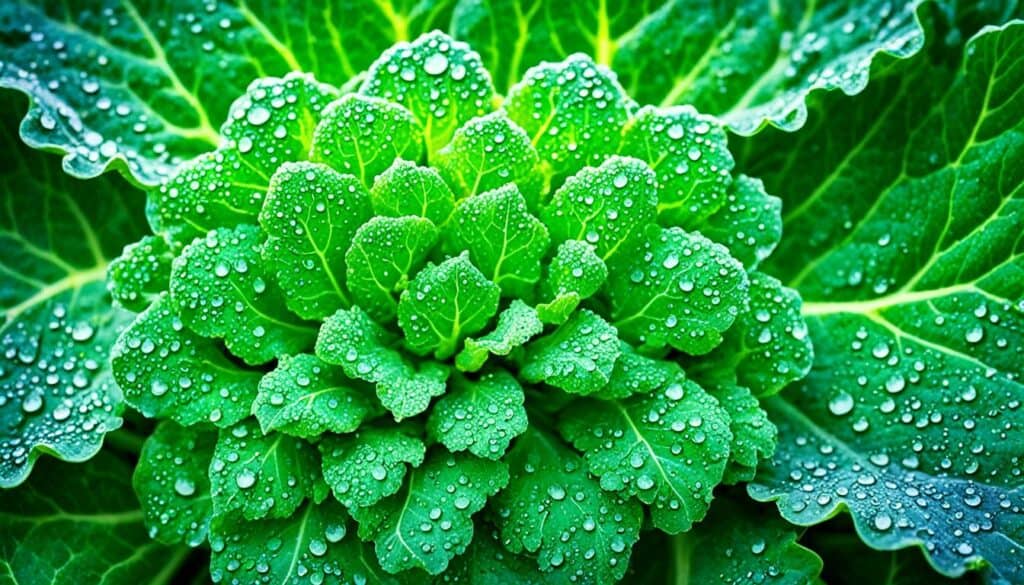
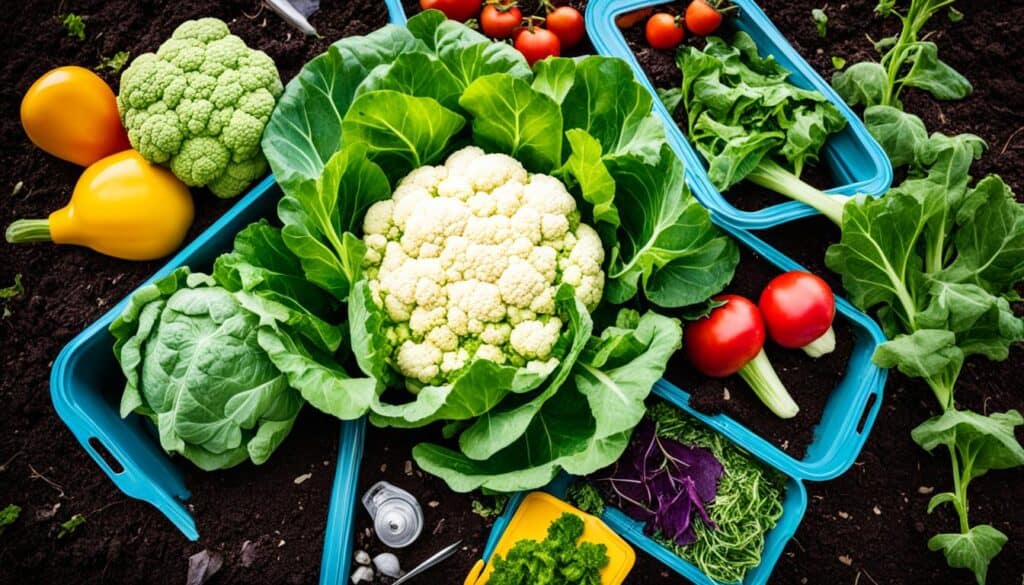
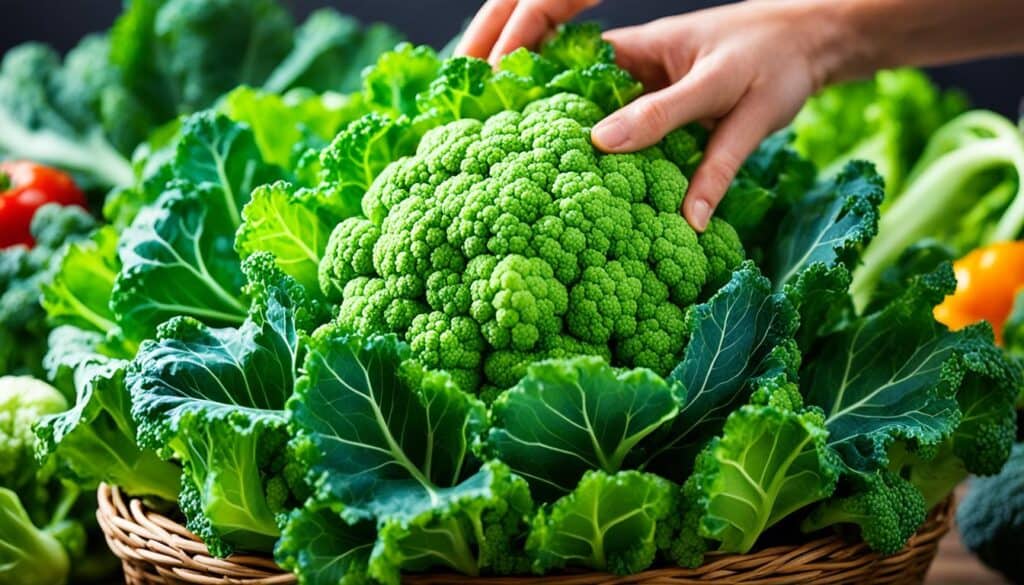
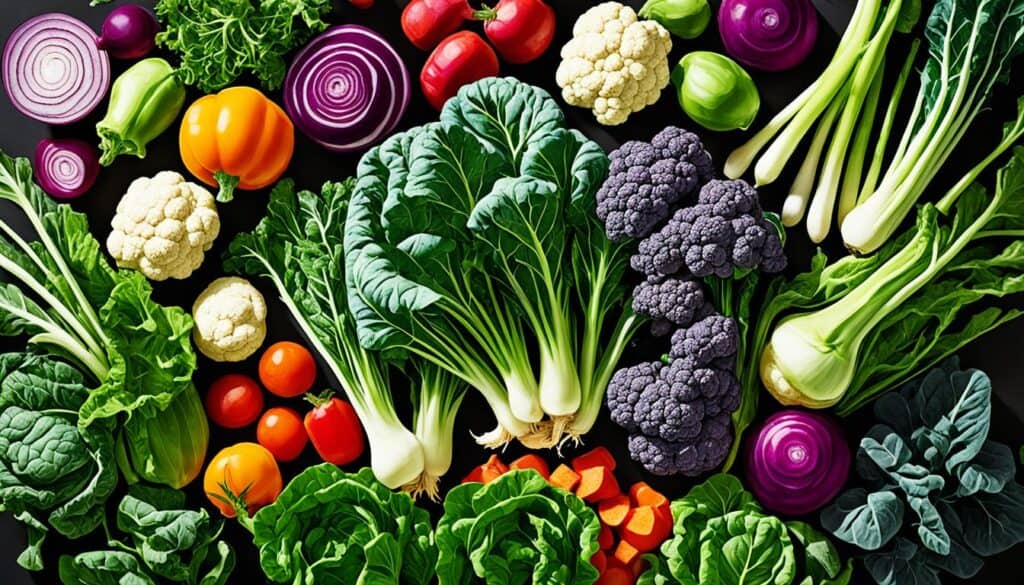
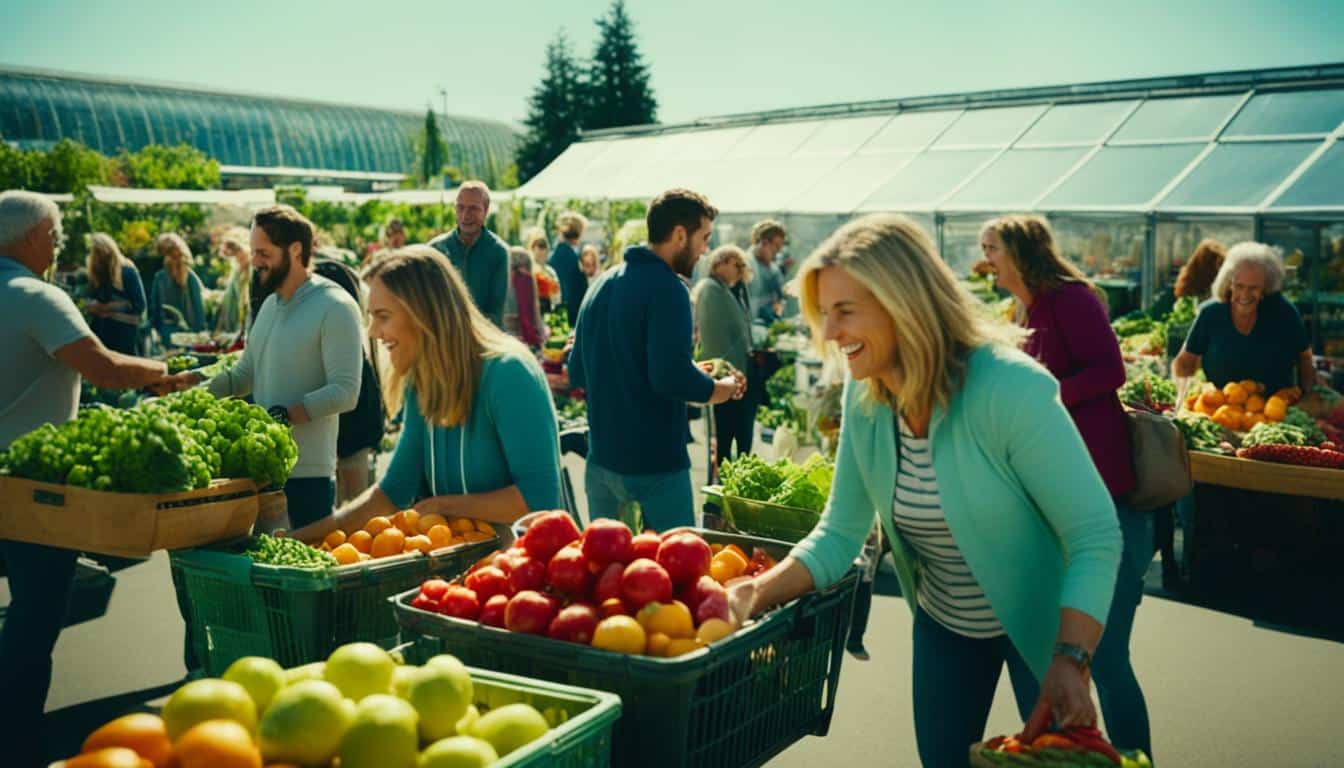
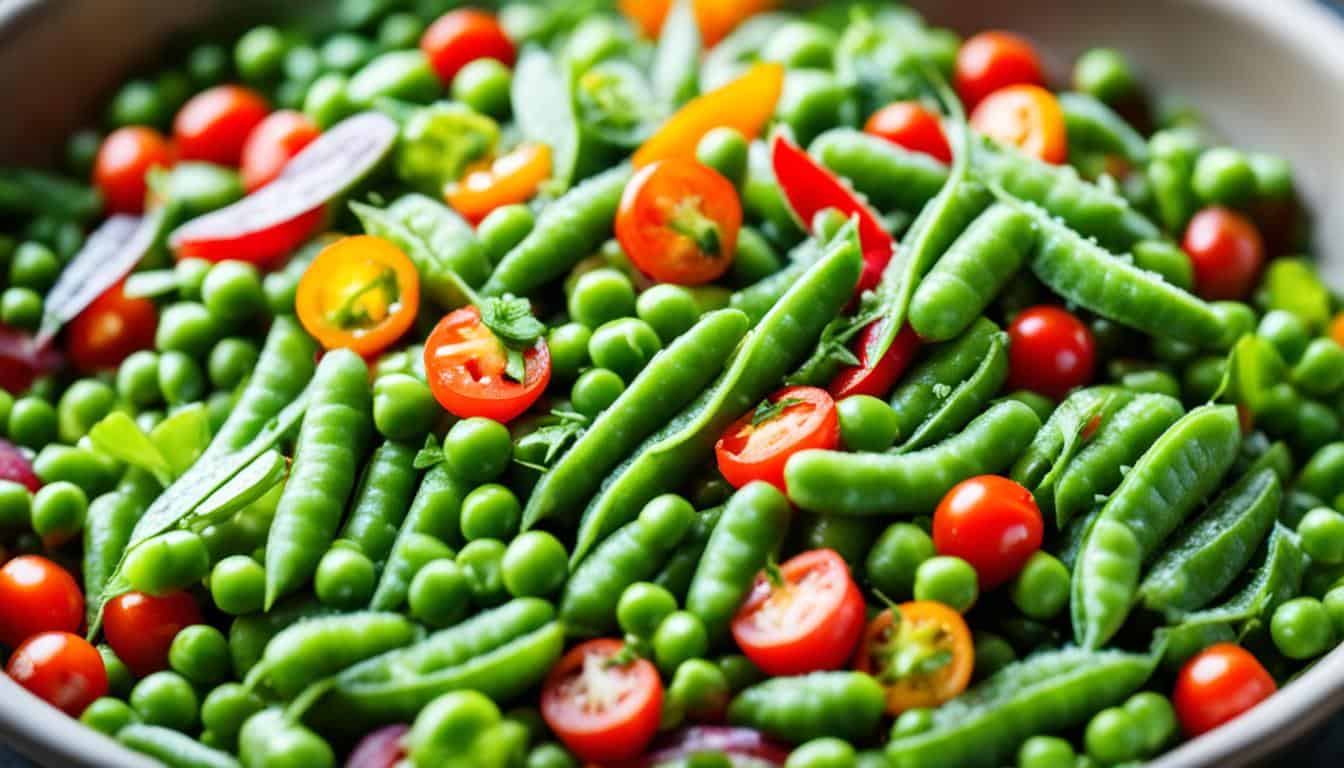
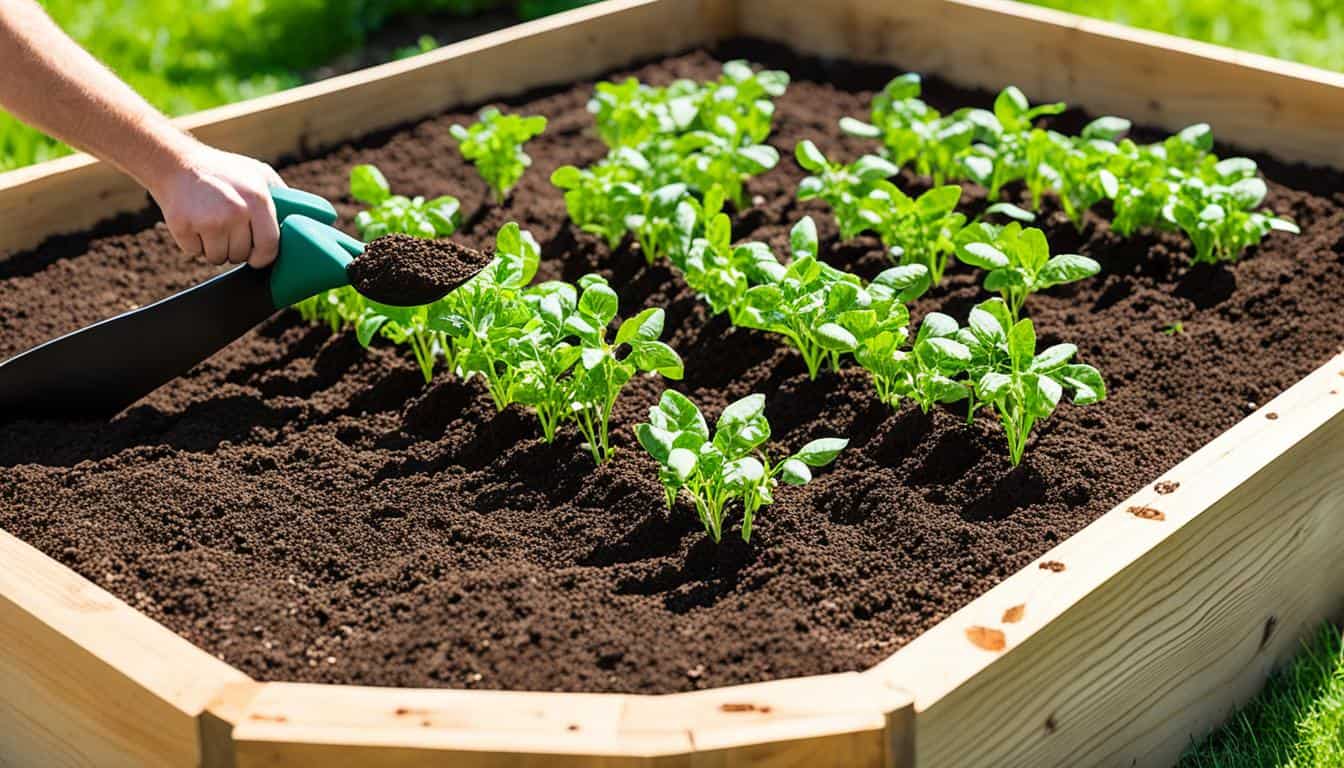
Leave a Reply